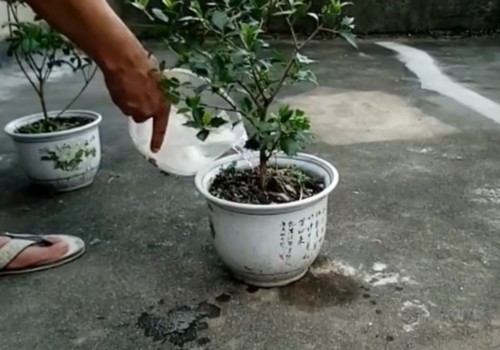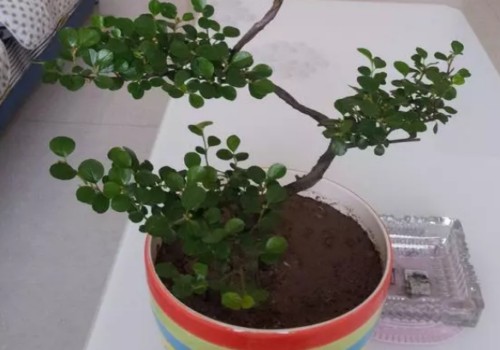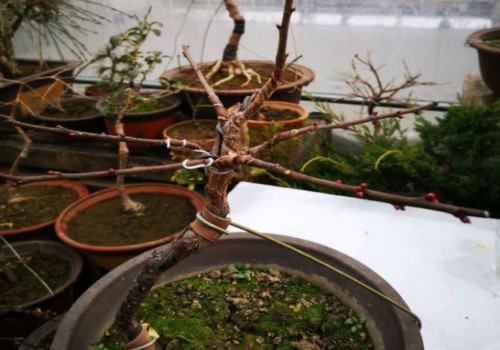Conservation and matters needing attention of Osmanthus fragrans
Sweet-scented osmanthus is highly ornamental, fragrant and fragrant, so it is deeply loved by potted friends and is usually planted at home as a potted plant. However, if we want to raise sweet-scented osmanthus potted plants well, we should not only master the maintenance and management methods, but also pay attention to some details. So, how to maintain sweet-scented osmanthus potted plants? What are the precautions? Today, the editor will share with you the conservation of sweet-scented osmanthus and matters needing attention.

Whether the pot cultivation of sweet-scented osmanthus is good or not, in addition to having an important relationship with the conservation environment, it is also closely related to the maintenance methods, so we need to start from these two major aspects of management, especially the details of the management, so that we can raise it well. In the maintenance process, we mainly do a good job in the following aspects. Let's study or learn about it with the editor.
First, the basin soil should be suitable.
We pot flowers and plants, generally provide them with a fertile and loose, permeable soil environment, at this point, there is generally no problem. But there is one detail to pay attention to, that is, different flowers and plants have certain requirements on the acidity of the soil, such as sweet-scented osmanthus, they prefer the slightly acidic soil environment, so we need to make the basin soil acidic.
Second, watering should be appropriate.
Irrespective of the method of watering, first of all, we need to choose the right source of water, the original generally does not recommend the direct use of tap water. If it is really convenient and convenient, it is also necessary to leave it 2-3 days in advance to allow the chlorine in the water to evaporate before use. In this way, the plant growth is safer, and at the same time, it can delay or prevent the hardening or alkalinity of the basin soil.
If the basin soil we use is not suitable, the sweet-scented osmanthus must not grow well, especially in the alkaline soil environment. Therefore, when we water, we can add a little ferrous sulfate to the water, which can improve the acidity of the basin soil. Of course, we can not usually irrigate half of the water, otherwise the root system of the plant will not get water for a long time and suffer from drought, and it will also affect the growth of the aboveground part, such as yellow leaves, fallen leaves and other symptoms. Therefore, watering must also be thoroughly watered, so that "if it is not dry or irrigated, it will be thoroughly watered".
In addition, we also need to ensure that not too much watering, will not cause stagnant water in the basin, otherwise it is easy to inhibit root respiration, resulting in retting roots, serious will cause rotting roots. Of course, after the sweet-scented osmanthus appears rotten roots, there will often be yellow leaves, fallen leaves, wilt and other adverse symptoms.
Third, adjust the temperature when overwintering
Sweet-scented osmanthus is relatively hardy. In many parts of our country, especially in the southern winter, it can often be raised in the outdoor environment. However, the winter temperature in northern China is often very low, even extremely cold, and the temperature may be as low as dozens of degrees below zero. The sweet-scented osmanthus can only bear the low temperature of-5 °C, so if it is raised outdoors, frost injury will occur. Therefore, potted sweet-scented osmanthus in northern China should be moved to indoor maintenance in time before winter to avoid freezing damage.
But in the indoor, we also need to control the temperature, neither too low nor too high. If the temperature is still too low, freezing injury may still occur; if the temperature is too high, especially after 20 °C, it is easy for the plant to germinate leaf buds ahead of time, which will affect the growth and flowering of branches and leaves in the coming year. Usually, the indoor temperature should be controlled at about 10 °C, so that the freezing injury will not occur and the plants will not germinate ahead of time, so that the growth and flowering in the coming year can be guaranteed.
Time: 2019-05-27 Click:
- Prev

How to maintain the bonsai of Pearl Plum
Pearl plum is a sunny tree species, which has the characteristics of shade tolerance, cold tolerance, drought tolerance and moisture tolerance. Based on the characteristics of these habits, it is not difficult to imagine that this plant is very easy to feed. In addition, its leaves are feathery, strange and exquisite, and it is an evergreen shrub that can usually be planted as a potted plant.
- Next

What if plum blossoms only have buds that do not blossom or blossom less?
Plum blossoms are not only brilliant and fragrant, but also have a positive temperament, which can bring people full of positive energy. However, if plum blossoms only grow buds but do not blossom, or even very few blossoms, it must be a bad growth state. So, what if the plum blossoms only have buds that do not blossom or blossom less?
Related
- Fuxing push coffee new agricultural production and marketing class: lack of small-scale processing plants
- Jujube rice field leisure farm deep ploughing Yilan for five years to create a space for organic food and play
- Nongyu Farm-A trial of organic papaya for brave women with advanced technology
- Four points for attention in the prevention and control of diseases and insect pests of edible fungi
- How to add nutrient solution to Edible Fungi
- Is there any good way to control edible fungus mites?
- Open Inoculation Technology of Edible Fungi
- Is there any clever way to use fertilizer for edible fungus in winter?
- What agents are used to kill the pathogens of edible fungi in the mushroom shed?
- Rapid drying of Edible Fungi

